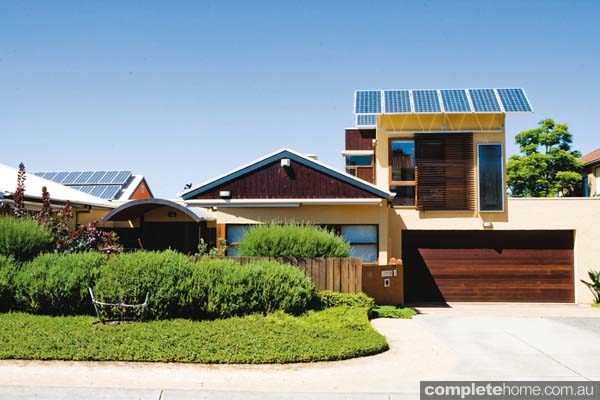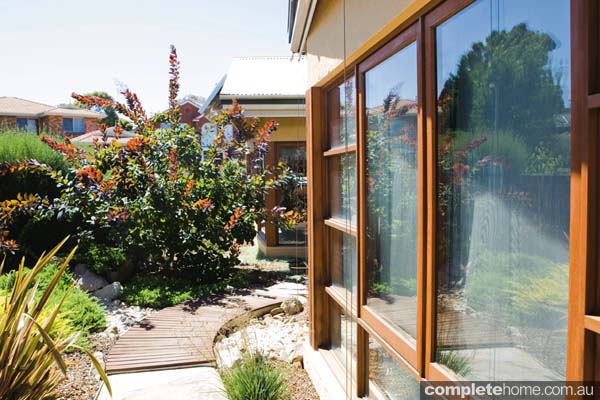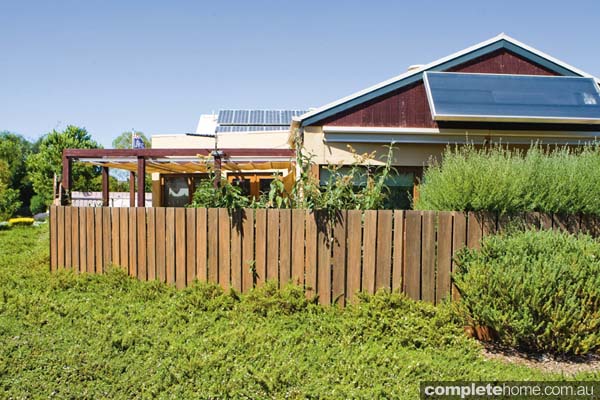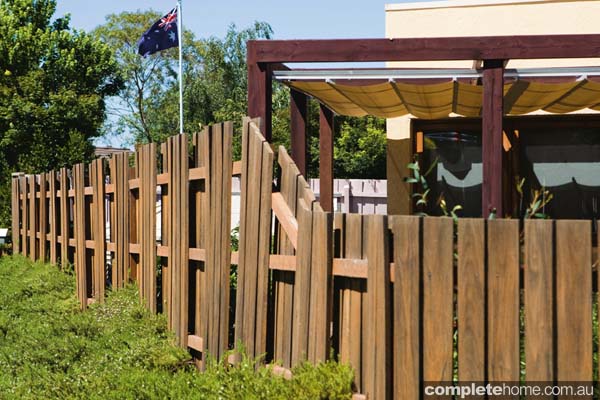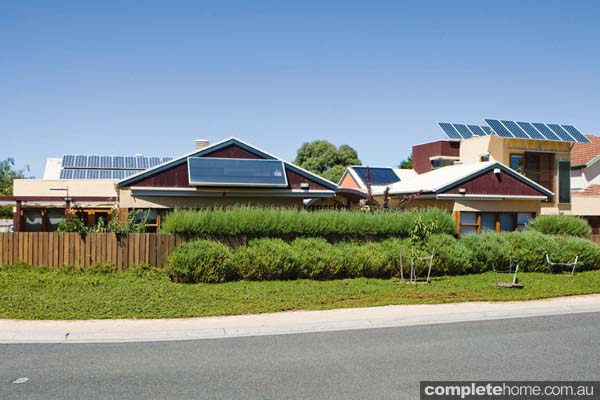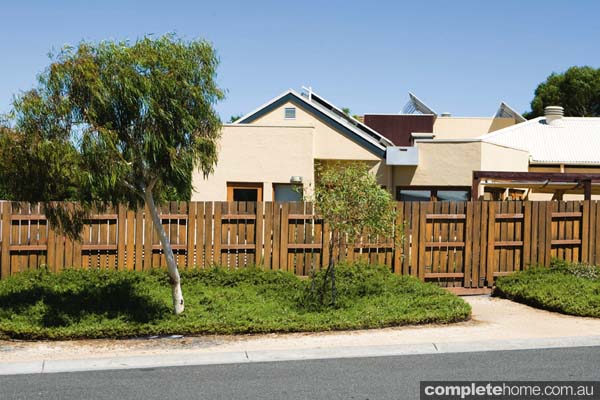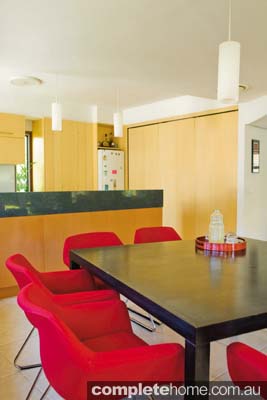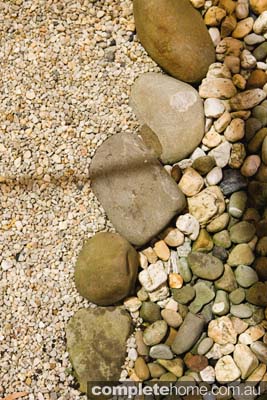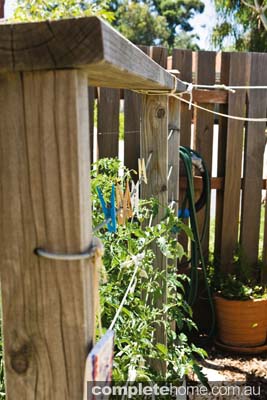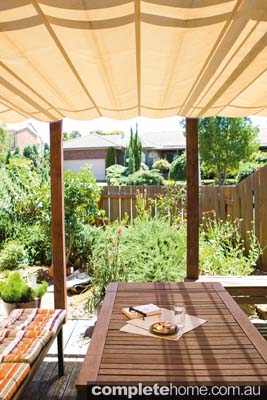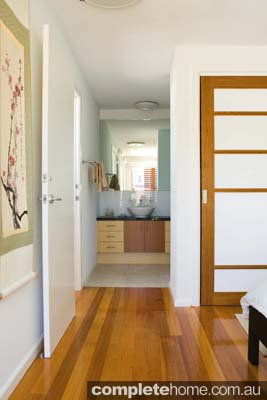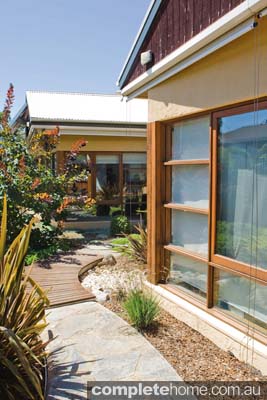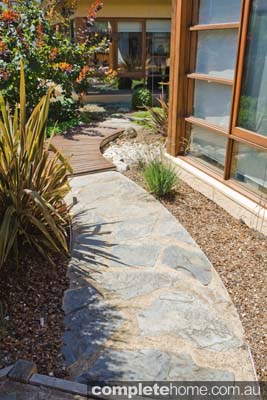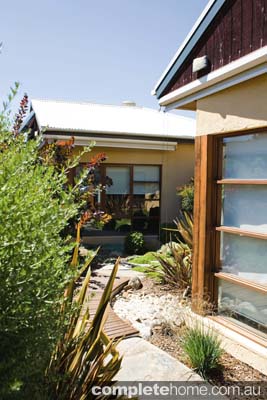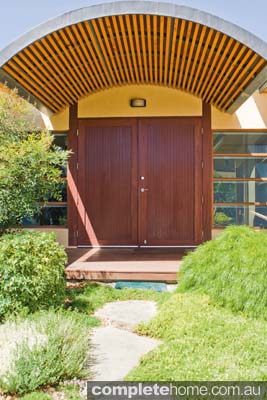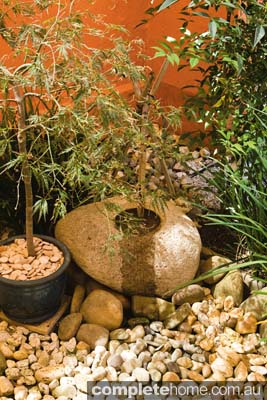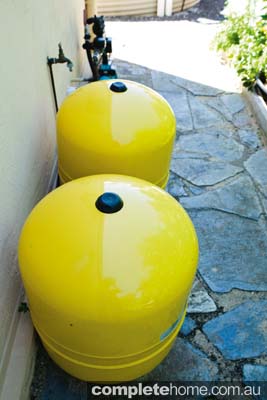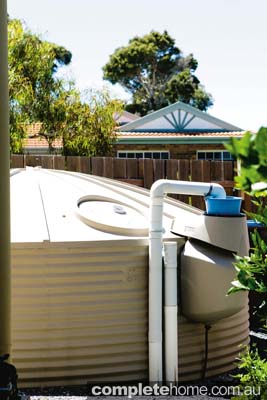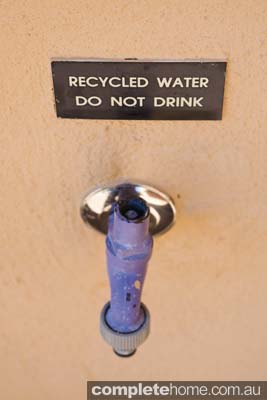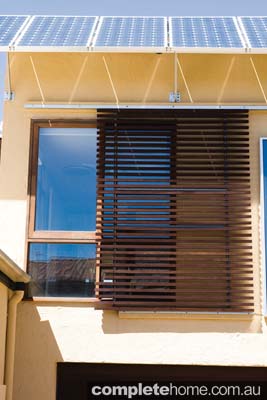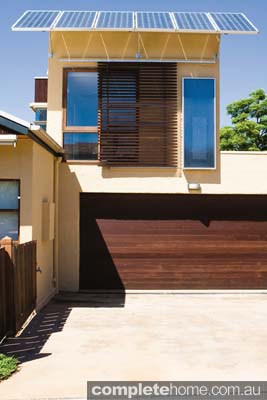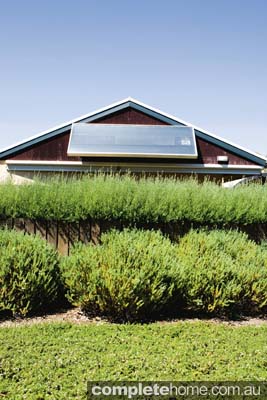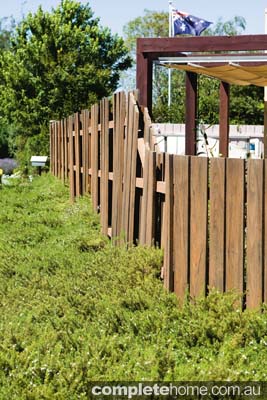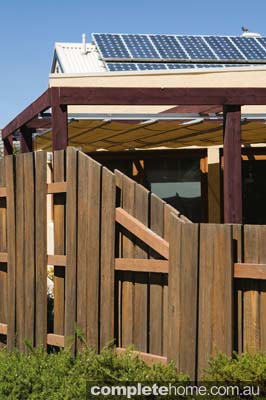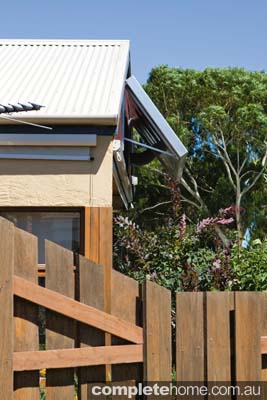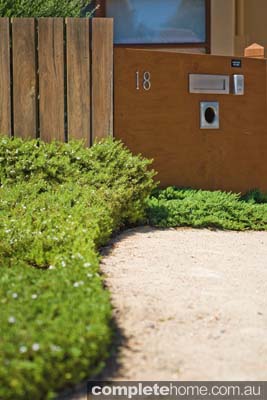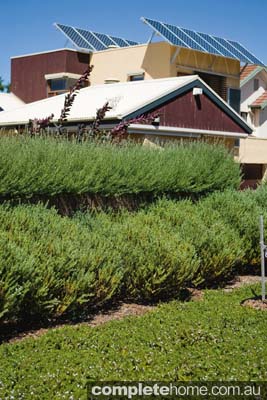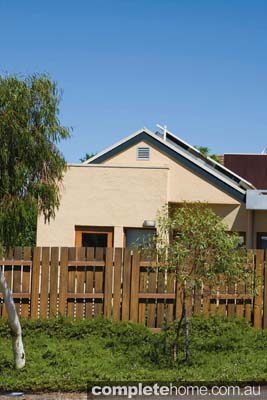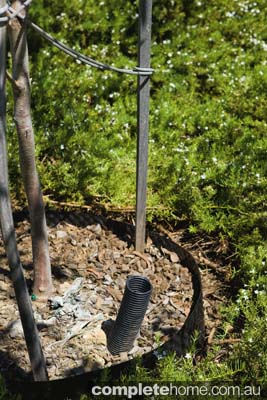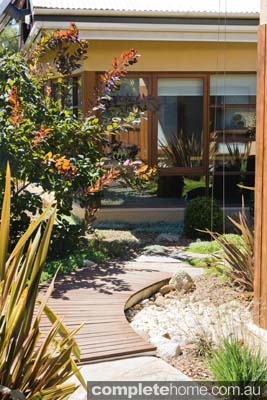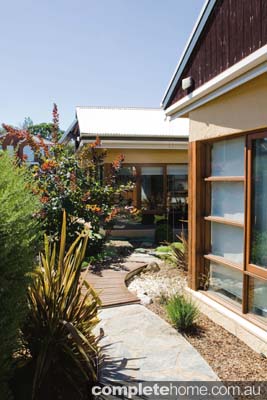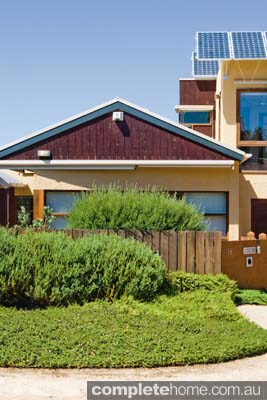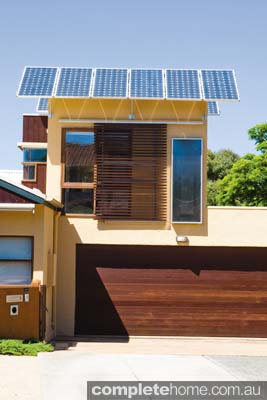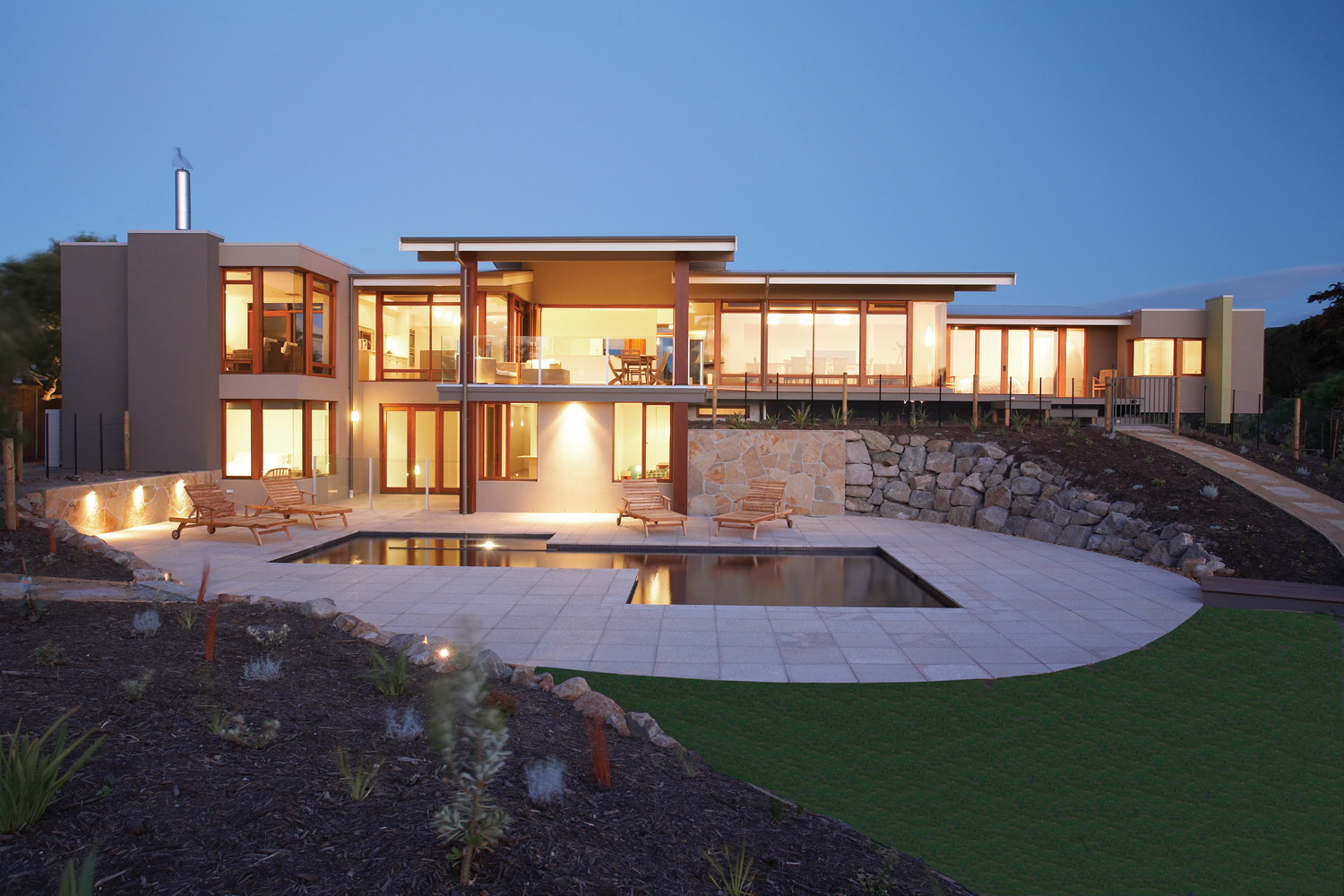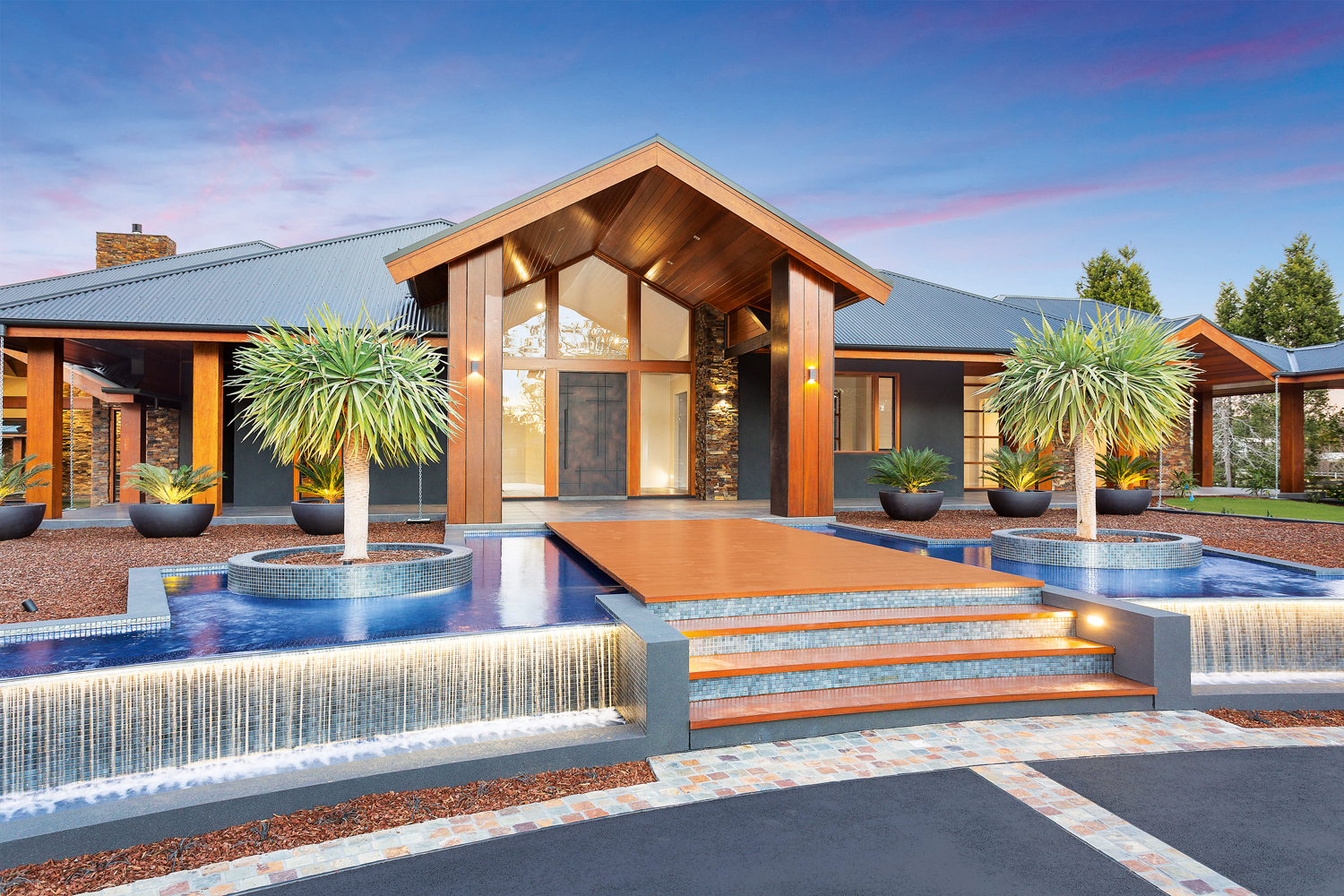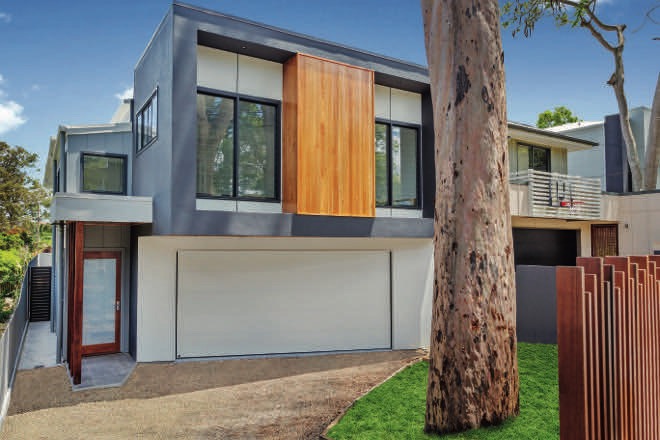If proof is needed that building sustainably can be achieved on a modest budget with style and simplicity, this comfortable suburban home is it
Lorraine has incorporated as many sustainable features as possible without jeopardising beauty or comfort. This is all within a fairly modest budget and on a normal residential block of land.
Lorraine is also completely self-sustaining in terms of electricity and, in fact, has often received a credit, producing more than she’s used. This is achieved through two panels of PV Array tubes that together produce a total of 4.5kW.
Most other plantings, including all the nature strips and hedges, are Australian natives, with the only thirsty areas being the vegetable patch and fruit tree walk, which consists of Meyer lemons, kumquats, limes, blood oranges, nectarines and pepinos.
Lorraine Hughes takes reducing her ecological footprint and lowering greenhouse gas emissions personally, but has not made any sacrifices in comfort or style in the process. “My house is modern, comfortable and collects the water that falls freely from the sky and uses the sun’s power to produce electricity and warmth,” she observes.
Lorraine has incorporated as many sustainable features as possible without jeopardising beauty or comfort. This is all within a fairly modest budget and on a normal residential block of land. What lessons does Lorraine, a stickler for getting the process right, have for the rest of us?
The home’s major feature is its passive solar design. This house embraces the north sun, which heats it up effectively in winter, but has very good insulation and cross-ventilation to keep the house cool in summer. Its concrete slab covered with tiles gives great thermal mass, reducing the diurnal temperature range. All windows have blinds and the north-facing windows also have external blinds that can be lowered for summer shading. These attributes are well known, but what is unusual here is the lengths gone to make sure all draughts are snuffed out and all systems are working to maximum efficiency.
For example, the doors open outwards so the jambs work best and the windows are all double-glazed. The exception here is the windows that flank the front door, which have a Japanese shoji screen effect but were not available with double glazing. The solution Lorraine thought up for this was to install honeycomb blinds, which act in a similar way, trapping a cell of air inside them.
When the roof insulation was put in, Lorraine tested for gaps herself and ended up having the insulation refitted properly, despite it having been signed off as correctly installed. She also wasn’t happy with the level of insulation her top bedroom received, so painted the interior with Thermilate, which contains ceramic microspheres and turns the paint itself into an insulating layer.
The way water is dealt with is also thoroughly thought through from the moment water lands on the roof to the time it gets watered back onto the garden or flushed down the toilet. Smartflo gutters help harvest and clean the water before it enters the partially underground 27,240-litre polyethylene tank, which is fitted with a first-flush device.
The whole house runs on rainwater, including the drinking water, which is further filtered with a system under the kitchen sink. Water from the shower and washing machine (not kitchen or laundry sink) is treated through biologically active peat moss, aerated and stored for flushing the toilet. It also is reused on the garden, but since there is no lawn but mainly established native planting that’s heavily mulched, the garden doesn’t drink much.
Lorraine is also completely self-sustaining in terms of electricity and, in fact, has often received a credit, producing more than she’s used. This is achieved through two panels of PV Array tubes that together produce a total of 4.5kW. They are mounted at 38 degrees on the north face of the roof for maximum solar efficiency and export to the grid during the day and import power at night when the sun sets, though there is also a small battery bank.
The house runs on normal 240-volt wiring, but Hughes has audited every appliance so she knows how much power each draws when running or on standby. Some, such as the DVD player, she says, don’t warrant turning off at the switch because they take too long to reprogram!
Lorraine’s house sounds a bit like a science experiment on paper, but in fact it is a place of simplicity and beauty. Having worked in Africa, Papua New Guinea and China, she has seen that too many possessions can get in the way of what’s important. She prefers instead to live simply and use her savings to live sustainably.
Her garden, too, has developed along the same simple lines. The main entrance has an Asian-inspired courtyard, with Japanese sacred bamboo and weeping wattles providing focal points among the spiky flax. Lucky stone and rock create a dry creek-bed look, equipped with a stylised bridge and hand-placed granite boulders, clipped hedges and ground covering pines complete the look.
On the other side of the front door, an internal courtyard is revealed. Here, weeping maples are the star attractions, sheltered by bamboo screens. Most other plantings, including all the nature strips and hedges, are Australian natives, with the only thirsty areas being the vegetable patch and fruit tree walk, which consists of Meyer lemons, kumquats, limes, blood oranges, nectarines and pepinos.
Lorraine regularly opens her home and garden for educational purposes. Her acquired knowledge is there to share. “We can all make changes and influence the future,” she says. “So let’s start now! Global warming is a serious threat to the future of mankind.”
Lorraine’s house will be open for inspection on Sustainable House Day, which this year is Sunday, September 12. The organisers hope that 250 homes will be open across Australia for the event, providing access to, and information on, building and living sustainably from people who are already doing it. For details see www.sustainablehouseday.com.
Written by Meredith Kirton
Photography by Sue Stubbs
Originally from Green Living magazine, Volume 2 Issue 2
